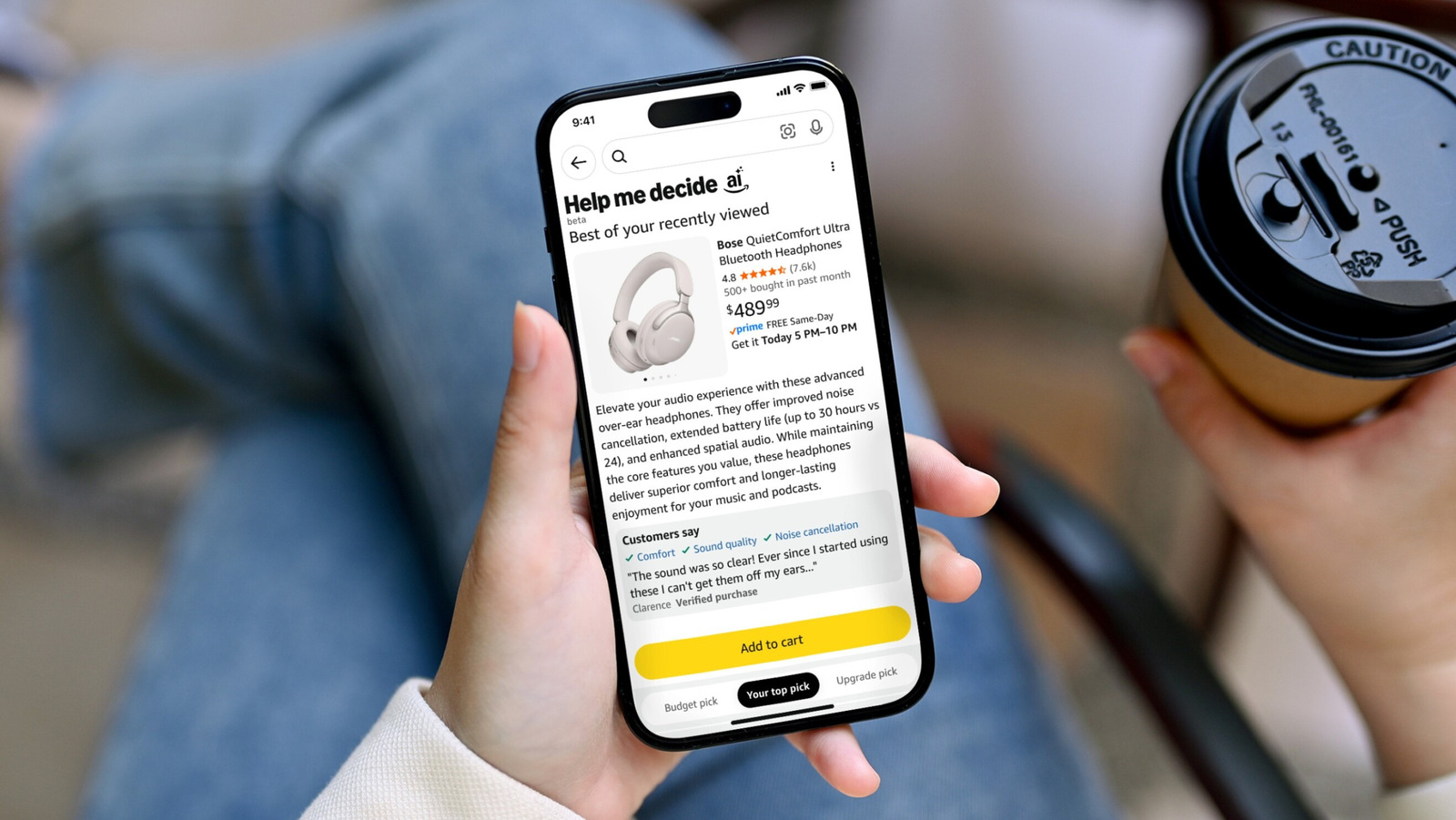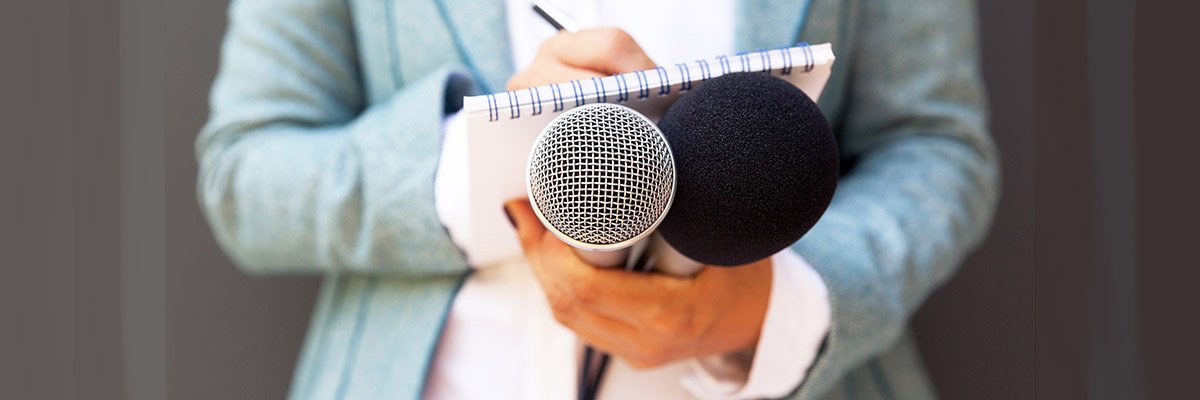Qi2 is good because magnets are good.
If you’re gonna preserve food in metal cans, you should probably have a way to open them up again. And if you’re going to rely on induction coils to transfer electricity, you gotta make sure they line up right. It took almost half a century after the invention of canning for someone to invent the can opener, so I guess it’s not too bad it only took eight years for Apple to slap a ring of magnets around a Qi charging coil. And it only took five years after that for Google to put that ring of magnets on a Pixel phone.
Every phone in the Pixel 10 lineup. announced today, has Qi2 magnetic wireless charging at up to 15W. The Pro XL has Qi2.2 and can charge at up to 25W, which is great and all, but wireless charging isn’t the cool part. The magnets are the cool part.
Google phones have had regular wireless charging, most of them, since the Nexus 4 back in 2012. Regular Qi charging — wireless charging without magnets, wireless charging for suckers — is sometimes useful. It means you don’t have to fumble around for a cable. Before iPhones moved to USB-C, it meant you could charge Androids and iPhones in the same place with the same device. But get the alignment wrong by even a couple of millimeters and the efficiency tanks; get it wrong by a few more and your phone doesn’t charge at all. The best thing I can say about regular wireless charging is that it gives you another option if your charging port gets damaged or gets water in it. I’ve kept a phone with a busted USB-C port limping along for months with wireless charging.
The most obvious advantage of Qi2 is that the magnets ensure perfect alignment between the phone’s induction coils and the ones in the charger. The most efficient way to charge a phone will always be with a wired connection, but the least inefficient way to charge wirelessly is with Qi2.
It’s also the most fun way to charge your phone. Just plop it onto the charger — landscape, portrait, doesn’t matter — and go. Your phone will charge at a decent rate, and it leaves the port free for something else, like USB-C headphones or an external monitor or whatever.
Magnetic charging is super useful, and I’ll come back to it. But it’s the magnets, not the charging, that are the killer feature. Google sells a pop-socket-like thing for the new Pixels (pictured above). But you can use any of the vast array of Qi2-certified accessories with the new Pixel 10s, not to mention the five-plus years’ worth of wallets, camera grips, stands, tripods, and other non-charging accessories designed around the iPhone’s magnetic rings.
Yes, it’s been possible to use any of these with a Pixel (or pretty much any other phone) with a third-party case or sticky magnet ring. But it’s a lot easier when the magnets are part of the phone.
Because Qi2 is an open standard, there’s a huge array of Qi2 pucks, stands, car mounts, batteries, and other charging accessories already out there. Qi2-certified chargers will work with the new Pixels, the last five years’ worth of iPhones, and Samsung S25 phones (with a Qi2 Ready case). This is exciting news not just for mixed iPhone/Android households, but Galaxy/Pixel ones, too.
I was a Nexus / Pixel user for a long time. I switched to iPhone in 2019, and I’ve been living the magnet life since I got my current phone, an iPhone 14 Pro. I still love Pixels, but MagSafe/Qi2 is so useful that it’s a major reason I haven’t switched back. There’s no way I’d trade my Qi2 car mount for the clamp-style one I had before. I’m not a barbarian. But now that Pixels have Qi2, I wouldn’t have to.










